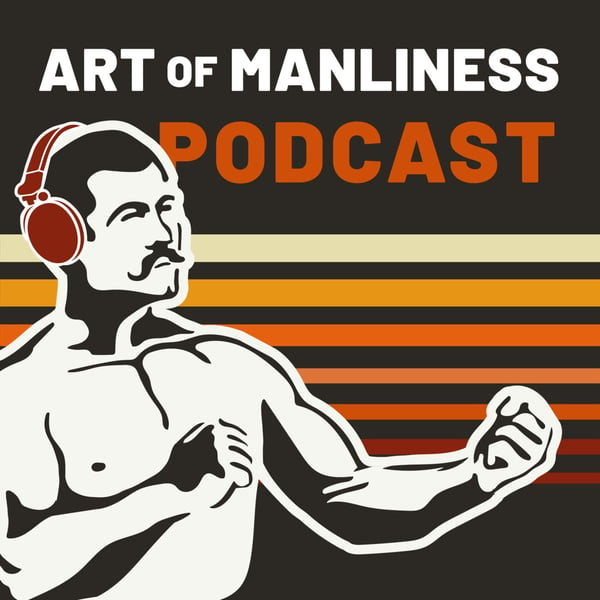#633: The World and Vision of Lakota Medicine Man Black Elk
The Art of Manliness
The Art of Manliness
4.7 • 14.5K Ratings
🗓️ 5 August 2020
⏱️ 57 minutes
🧾️ Download transcript
Summary
Transcript
Click on a timestamp to play from that location
| 0:00.0 | Brat McKay here and welcome to another edition of the Art of Manliness Podcast. |
| 0:11.2 | When he was 9 years old in 1872, Black Elk, I remember the Lakota tribe had a near death |
| 0:16.0 | vision which he was called to save not only his people, but all of humanity. |
| 0:19.9 | For the rest of his life, Black Elk's vision haunted and inspired him as he took part |
| 0:23.5 | in many of the similar confrontations between Lakota and the US government, including those |
| 0:27.4 | that little big horn and wounded knee. |
| 0:29.3 | My guest today is the author of a biography of this native holy man, named Joe Jackson |
| 0:33.3 | and his book is Black Elk, a life of an American visionary. |
| 0:36.5 | We begin our conversation with the background of the Sue or Lakota Indians, including how |
| 0:40.0 | the introduction of the horse turned them into formidable hunters and warriors and how |
| 0:43.4 | their spirituality influenced their warfare. |
| 0:45.6 | Joe then introduces to Black Elk and unfolds the vision that he had as a boy, which would |
| 0:49.4 | lead him to follow in his family's footsteps by becoming a medicine man and guide him for |
| 0:53.2 | the rest of his life. |
| 0:54.4 | We then take detours into the similar battles between the US government and Lakota, the Black |
| 0:58.4 | Elk witnessed firsthand, as well as the Sundance and Ghost Dance rituals which helped catalyze |
| 1:02.7 | them. |
| 1:03.7 | Joe then explains why Black Elk converted to Catholicism after the Indian Wars and how |
| 1:06.7 | he fused Lakota's spirituality with his newfound faith. |
| 1:09.4 | We then discuss why Black Elk decided to tell his vision to a white poet named John |
| 1:13.0 | Nighthart and the cultural influence the resulting book, Black Elk Speaks, had on the west |
| 1:17.4 | in the 20th century. |
... |
Please login to see the full transcript.
Disclaimer: The podcast and artwork embedded on this page are from The Art of Manliness, and are the property of its owner and not affiliated with or endorsed by Tapesearch.
Generated transcripts are the property of The Art of Manliness and are distributed freely under the Fair Use doctrine. Transcripts generated by Tapesearch are not guaranteed to be accurate.
Copyright © Tapesearch 2025.

